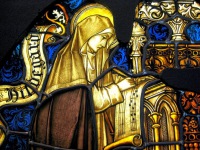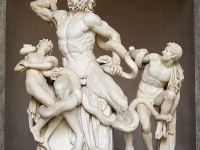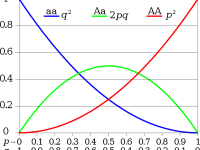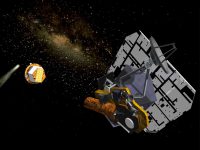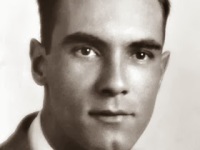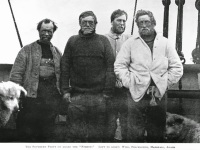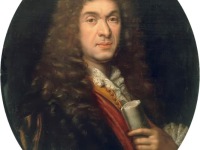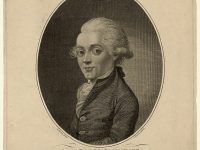Hildegard of Bingen – More than the ‘Sybil of the Rhine’
Although her exact birthdate is uncertain, we dedicate today’s article to an extraordinary woman in science: German writer, composer, philosopher, Christian mystic, Benedictine abbess, visionary, and polymath St Hildegard of Bingen. At a time when few women wrote, Hildegard, known as “Sybil of the Rhine“, produced major works of theology and visionary writings. She used the curative powers of natural objects for healing, and wrote treatises about natural history and medicinal uses of…
Read more











